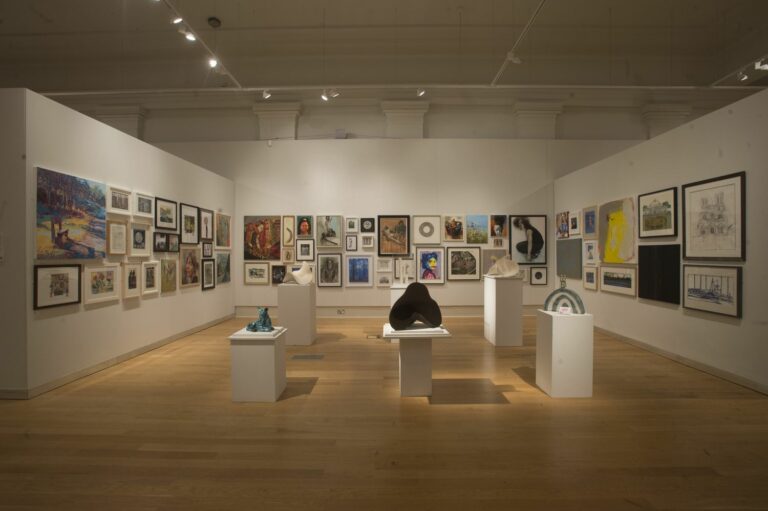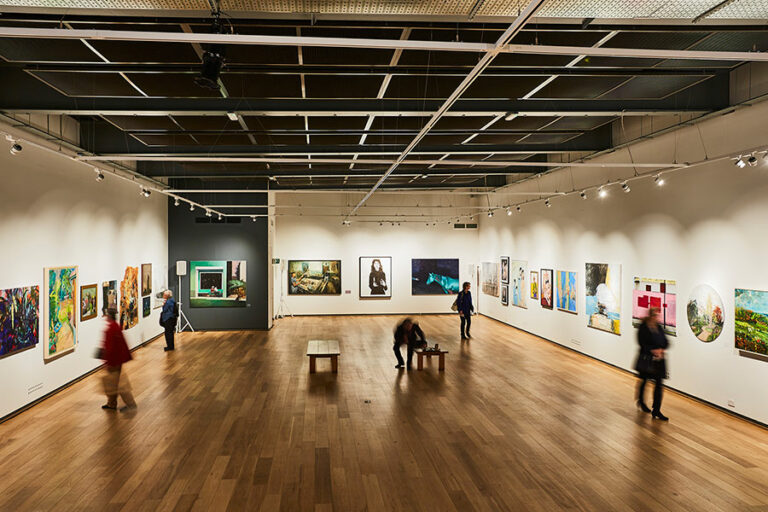How Exhibitions Amplify an Artist’s Reach and Foster Career Growth?
Art exhibitions have remained a cogwheeling move in the artist’s journey, a platform between expression and recognition by an artist’s community. Emerging artists establish shows as a platform for showing their work, garnering public attention, and giving impetus to their careers. The realm of Art today covers a wide range of physical and digital possibilities, with none able to overtly dispute the importance of an exhibition in extending an artist’s visibility. Art gallery exhibitions grant visibility so an artist can build a profile as a reputable artist while engaging other art professionals, opening possible interactions for collaboration and sale. This blog discusses the significance of exhibitions in shaping the artist’s outreach and fostering his career growth over the long haul.
1. Presenting Art to a Larger Public
First and foremost, Art exhibition exposure assists the artist in introducing to global art enthusiasts. Art exhibitions attract wide audiences, such as art lovers, collectors, curators, critics, and sometimes other artists. Hence, they are a direct opportunity for artists to showcase their works to those who may have never seen them.
To many artists, visibility is one of the first barriers to gaining recognition. Exhibitions can help artists along that journey, bringing them outside their social circles, online portfolio, or locale. Sometimes, exhibitions can also be international, thus allowing artists to shine in the global setup. This kind of visibility is worth the effort if someone can develop beyond their local area.
2. Networking Opportunities
Art is not just about creativity; it’s also tested and refined in a social context during interactions with other industry members. Art exhibition opportunities enable the artists to socialize with other art professionals. An invitation to meet someone at an exhibit, curator, critic, or collector may arise from opportunities for gallery representation, inclusion in future shows, commissions, or collaborative ventures with other artists.
Art exhibitions can help artists discuss their pieces’ ideas, technical processes, and deeper meanings, creating further appreciation among the audience. In addition, such firsthand interactions could create a more lasting relationship with collectors, and galleries prefer to work with artists.

3. Building Credibility and Professionalism
Participation in high-profile exhibitions and galleries enhances the prestige of the artist’s portfolio and can help create the brand. It is an endorsement by the experts, implying that the artist’s work has passed a certain quality test.
This credibility would render the artist more appealing for future opportunities with collectors and buyers. Many galleries and art institutions favor artists with proven records of prior exhibitions. This leads to a snowball effect, wherein the success of one exhibition can lead to further invitations to others to promote the artist further.
Art gallery exhibitions are a great way to learn for the artist, who will thus be able to polish working on presentation skills as to how different audiences perceive the works and later analyze them. In this way, preparing for an exhibition becomes a form of treatment for the artist-tracing selection of works, curating a theme, making notes about installation considerations, and thus developing a more coherent narrative around their portfolio.
4. Number of Art Sales and Prosperous Money-Making
Many artists will see their exhibitions as both exposure and a sales opportunity. The exhibitions themselves are prime selling opportunities, given that collectors and investors are the audience interested in new pieces. Unlike their digital counterparts, physical exhibitions allow buyers to see the artwork firsthand.
Some works may sell during the exhibition, but there will likely be more indirect selling in the weeks following an exhibition, as interested parties will be facilitated to put inquiries forward. Exhibitions can serve as an extended advertisement to create buyers who, after having seen a work in real life, may consider purchasing it. On the contrary, the more prestigious galleries and collectors acquire an artist’s work during an exhibition, the more that artist’s credibility is elevated, increasing demand for future works.
Artists may also use art exhibition sales to gauge new pricing strategies, better understand the market, and develop a firm clientele that may support their work in the future.
5. The Power of Art Exhibition Exposure
This allows the artist’s work to be seen by fresh art lovers. Collectors, curators, and art lovers visit these exhibitions, where, perhaps less frequently, they will discover the artist’s work. In addition to attracting public attention from the media, art exhibition press coverage may also result in articles in newspapers and magazines, sharing space in online social networks, and even interviews.

6. Launching Artist Career through Networking Opportunities
Exhibitions are networking avenues in themselves. Meeting other artists and gallery owners, an industry professional opens doors to participation in future exhibitions, collaborations, or commissions. These meaningful connections lead to invitations to different shows or even residency programs, impassions of artist career development.
7. Establishing Credibility and Garnering Recognition
Exhibiting artists in multiple exhibitions builds credibility within the art world. Positive art exhibition reviews by critics or attendees can further improve the artist’s reputation. An artist with a great exhibition history will find applying for grants, residencies, and future gallery representation easier.
8. Marketing and Promotion Through Art Exhibitions
A carefully organized exhibition can act as a marketing tool. The artist can use every opportunity, such as marketing long before the actual show, through social networking, emails, newsletters, and press releases. Art exhibition marketing will help attract a larger audience and create engagement and sales.
Wrap up
Exhibitions are not just events in an artist’s lifetime. They are milestones along the way in the artist’s career. The benefits of art exhibitions spread well beyond immediate sales to long-term professional gains. By putting themselves forward and using exhibitions to their greatest potential, artists can widen their audience, build their name, and secure their future in the art world. All emerging or established artists should seize exhibition opportunities to grow and thrive.
